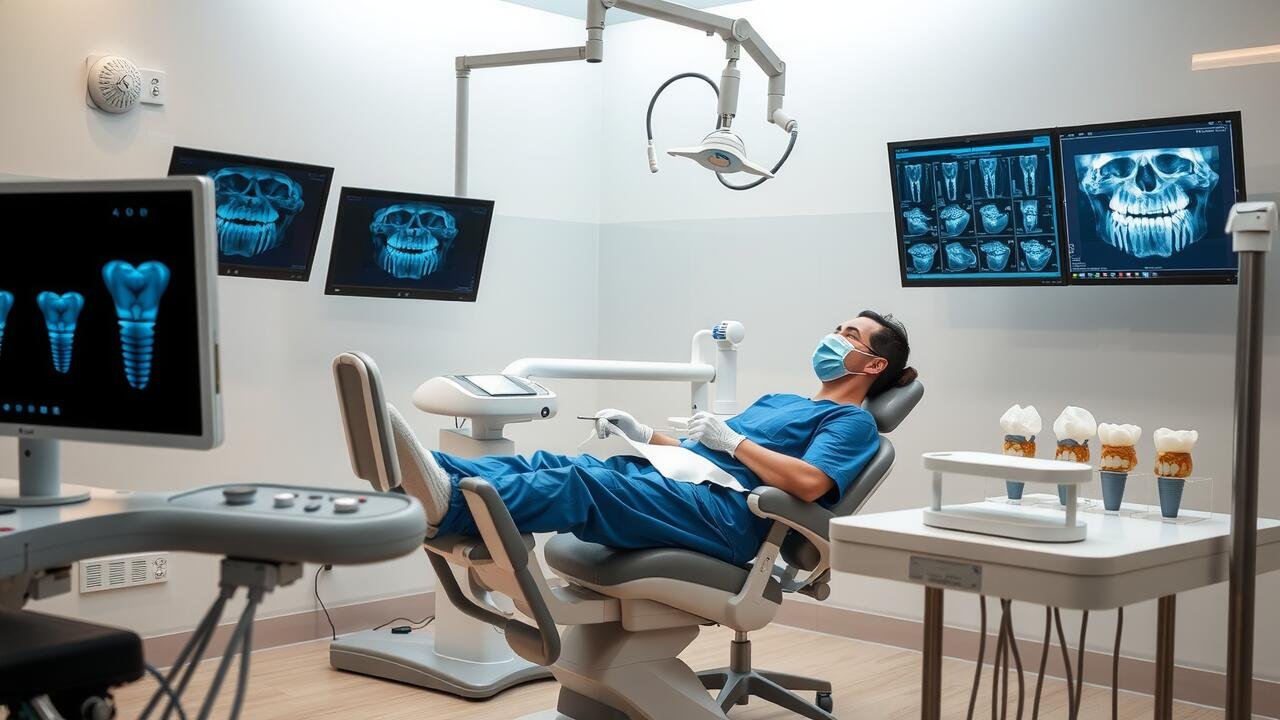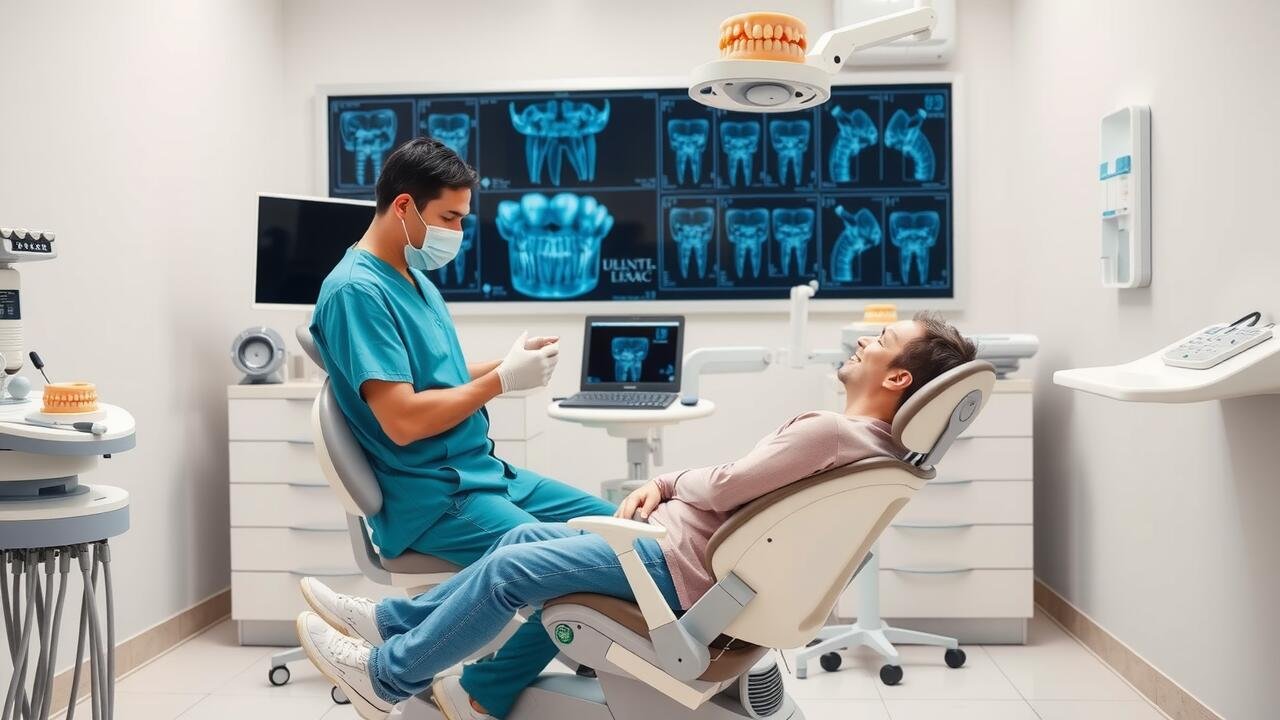
Dental Crowns
Dental crowns serve as an effective solution for restoring damaged or decayed teeth. They encase the tooth completely, providing protection, enhancing strength, and improving appearance. Many people opt for crowns as an alternative to dental implants, especially when the tooth structure remains intact but requires extra support or protection. Regular dental visits can help determine if crowns are the appropriate option, especially for those seeking affordable alternatives.
When considering options like dental implants Utah, crowns are often less expensive and can usually be completed in a shorter timeframe. The procedure typically involves minimal discomfort and requires only a few appointments to ensure a proper fit. For individuals dealing with specific dental issues such as large fillings or minor fractures, crowns present a reliable method to restore function and aesthetics without the higher costs associated with implants.
When are Crowns a Viable Option?
Dental crowns serve as an effective option in various dental situations. They can restore damaged or decayed teeth, providing both strength and aesthetics. A crown can be especially suitable for teeth that have undergone root canal therapy. Individuals looking to enhance their smile may find that crowns are less invasive than alternatives like dental implants. Patients in need of restoration often turn to professional services, such as Dental Implants Sandy, Utah, which may also offer crowns as part of their treatment plans.
Choosing a crown over a dental implant can also be more cost-effective based on individual circumstances. For people with minimal tooth loss or damage, a crown may address specific issues without the need for surgical procedures associated with implants. Crowns can help preserve the existing tooth structure while still providing functional and aesthetic benefits. Clinics like Dental Implants Sandy, Utah often provide comprehensive assessments, guiding patients in selecting the right option for their oral health needs.
Orthodontic Solutions
Orthodontic solutions provide a less invasive alternative to dental implants for those looking to improve their smile. Traditional braces or clear aligners are effective options for realigning teeth. These methods can enhance overall dental aesthetics and functionality, potentially reducing the need for more expensive procedures like implants. For those considering various treatments, researching local providers such as Dental Implants Utah can help determine if orthodontic solutions are suitable.
Clear aligners, a popular choice, offer a discreet way to straighten teeth. Many patients appreciate their removable nature, which allows for easier cleaning and maintenance. The cost of aligners typically falls below that of dental implants while still delivering significant improvements in dental health and appearance. Weighing the benefits of alignment against the potential need for implants can guide individuals in making informed decisions about their dental care.
Aligners and Their Cost-Effectiveness
Aligners have emerged as a popular alternative to traditional braces for correcting misalignment of teeth. These clear, removable devices are often more affordable than dental implants. They can address a variety of orthodontic issues, including gaps, crowding, and bite problems. With advancements in technology, many patients find that aligners offer a discreet and comfortable solution, making orthodontic treatment less intrusive and more convenient.
The cost-effectiveness of aligners also stems from their ability to provide results without the need for additional dental procedures. Traditional braces can sometimes require supplementary treatments, which can increase overall expenses. In contrast, patients seeking options in areas like Dental Implants Layton, Utah, may find that aligners serve as a more budget-friendly approach to achieving a healthier smile without compromising on aesthetics or comfort.
Bone Grafting
Bone grafting is a procedure often necessary for patients considering dental implants. It involves adding bone tissue to the jaw to support the implant, especially when the existing bone is insufficient. This process can be a crucial step in ensuring successful implant placement and the overall longevity of the dental restoration.
The costs associated with bone grafting can vary widely depending on the complexity of the procedure and the materials used. In some cases, patients may be surprised to find that the expense is still lower than what they would pay for dental implants in Utah. Understanding these costs helps individuals make informed decisions about their dental health and financial planning for restorative procedures.
Costs Involved and Necessity
Bone grafting often comes into play when there is insufficient bone density to support dental implants. The procedure helps to replenish and rebuild the bone, creating a stable foundation for implants in the future. Factors influencing the cost vary, including the type of graft material used, the complexity of the surgery, and any necessary preliminary procedures. Patients considering this option should evaluate these costs in relation to their overall dental health needs.
Necessity of bone grafting largely depends on individual circumstances, such as the location of missing teeth and duration of tooth loss. A dentist will assess the condition of the jawbone before making recommendations. For those exploring options in dental restoration, seeking facilities like Dental Implants Utah may provide insights into whether bone grafting is essential in their case, aligning treatment with specific health goals while managing expenses effectively.
FAQS
What are dental crowns, and how do they compare to dental implants in cost?
Dental crowns are prosthetic devices that cover damaged teeth, often used to restore their shape, size, and strength. They are generally less expensive than dental implants, making them a more budget-friendly option for tooth restoration.
When would dental crowns be a better choice than dental implants?
Dental crowns are a viable option when the natural tooth structure is still intact, but the tooth itself is damaged or decayed. They can also be used in cases where multiple teeth need restoration, providing a less invasive and cost-effective solution compared to implants.
What are orthodontic solutions, and how do they offer cost savings?
Orthodontic solutions, such as braces or clear aligners, help in correcting misaligned teeth. These options can be cheaper than dental implants, especially when the goal is to improve the appearance and function of existing teeth rather than replacing them.
How do aligners compare to traditional braces in terms of cost-effectiveness?
Aligners can be cost-effective compared to traditional braces, especially for mild to moderate alignment issues. They often require fewer office visits and can reduce overall treatment time and costs.
What is bone grafting, and why might it be necessary before getting implants?
Bone grafting is a procedure that adds bone material to areas of the jaw that are deficient in bone mass, often necessary to support a dental implant. While it can add to the overall cost of dental treatment, it may prevent the need for more extensive and expensive procedures later on.


